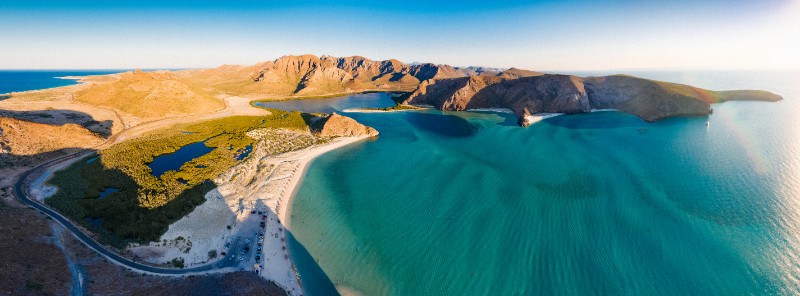Those who live, have stayed, or visited Baja California Sur often say that this Mexican state is an embodiment of beauty in contrasts: it’s a place where surreal desert terrains blends harmoniously with a backdrop of stunning beaches, and the calmness of nature seem to coexist in perfect balance with its high-energy cities.
If you’re planning to invest in real estate in this captivating destination, you’re in for a treat. But what makes this location one of a kind? In addition to awe-inspiring landscapes, spectacular sunsets, and a myriad of attractions and activities, Baja California Sur boasts a rich culture born from its colorful history.
In this article, we’ll dive deep into this hidden gem’s vibrant culture and history, as well as its recent economic development — factors that make Baja California Sur real estate a worthy investment.
Table of Contents
WELCOME TO BAJA CALIFORNIA SUR!
Baja California Sur is located in Western Mexico, sitting at the southern end of the Baja California Peninsula. It has a total land area of 27,578 square miles. It’s a tad smaller than the state of South Carolina, but within this narrow state lies a natural beauty and rich culture you can’t see anywhere else in the world.
Baja California Sur boasts 1,250 miles of majestic coastline, the longest coastline in any Mexican state. It is bordered by the Golfo de California (or the Sea of Cortez) to the east and south, and the Pacific Ocean to the west, giving tourists and residents surreal views of crystal clear waters at almost every turn. But aside from pristine beaches, Baja California Sur is also known for its serene desert landscapes. Whether you’re someone who enjoys watersports or loves going camping, you can easily find your kind of adventure here in Baja California Sur.
In 2020, the total population in Baja California Sur was recorded at 798,447. It’s the second least populous Mexican state, and its low population density adds to the overall appeal of the area, especially for retirees, travelers, or anyone who wants to get away from it all.
DISCOVERING THE HISTORICAL ROOTS OF BAJA CALIFORNIA SUR
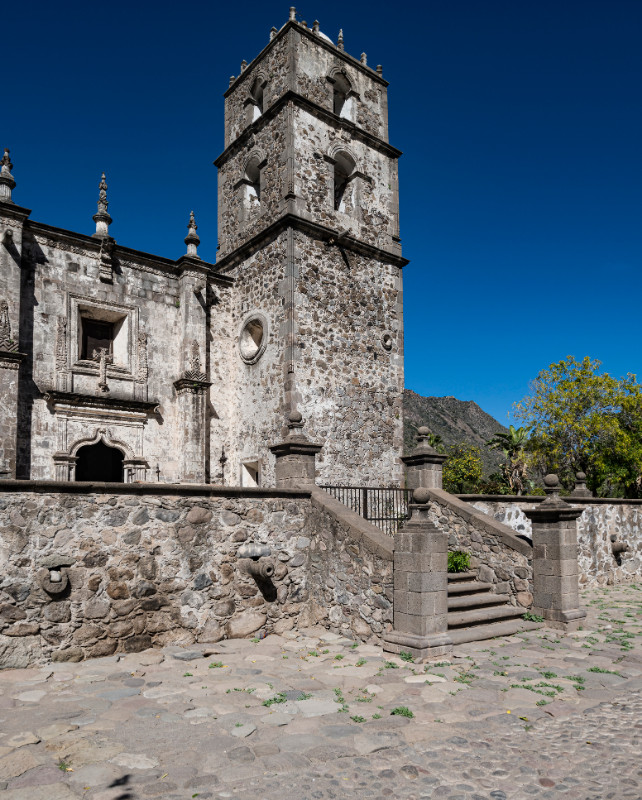
Baja California Sur is now known for being a travel destination and a great place for retirement. But it’s not just the beaches and mountains that make this state the gem that it is.
To better appreciate Baja California Sur and its people, let’s take a trip down history and learn more about the state’s fascinating past.
Early history: the Cochimí, Pericú, and Guaycura tribes
Three major ethnic groups were already present in Baja California even before the Spaniards arrived in the peninsula in the 16th century. The Cochimí tribe occupied the northern part of the area, the Pericú lived on the southern cape, and in the central section were the Guaycura.
Based on the archaeological artifacts found in the region, we can infer that these three tribes occupied Baja California and Cedros Island as far back as 9,000 to 10,000 years ago. In the north, primitive paintings dating to 1700 B.C. were found, depicting animals in motion such as snakes, birds, and wild cats. People with arrowheads and primitive swords also appear in the paintings.
These images are consistent with other evidence suggesting that the Cochimí tribe primarily lived on the mainland as a hunting-gathering community. Only a small portion of Cochimí people settled on the Cedros Island, where it’s suggested they have developed a complex system of agriculture for their time.
The Guaycura and Pericú tribes who occupied the center and southern parts of the peninsula sustained themselves through a mix of fishing, hunting, and gathering. The Pericú tribe in particular developed their fishing methods by building simple forms of watercraft. At present, it’s believed that most of their descendants still live in the north of Baja California.
1500s: The Spanish conquest
The Spanish conquest in the Americas was mainly focused on searching for gold and other riches. This search led them to expand their conquest from the American mainland into Mexico.
There are various accounts narrating the Spanish conquest in Baja California Sur. In one of these accounts, it’s believed that the first Spaniard to arrive in the area was Fortún Ximénez,who landed in 1533. Then in 1535, another conquistador named Hernán Cortés dispatched an expedition to locate the island, but failed at the first attempt. He then decided to lead another expedition, and this time around, his group landed near the southern tip of Baja California. They found black pearls in the area but failed to find any gold.
In 1539, another expedition was dispatched from Spain, wherein the group sailed the entire length of the Gulf of California. This was when the Spanish conquistadors discovered that Baja California was a peninsula.
After these expeditions, Baja California was still yet to be fully explored. The area wasn’t fully colonized, and Spanish interest in the peninsula eventually declined. It wasn’t until the Mexican-Philippine trade in the 16th century that the Spanish government decided to set their eyes in Baja California once again.
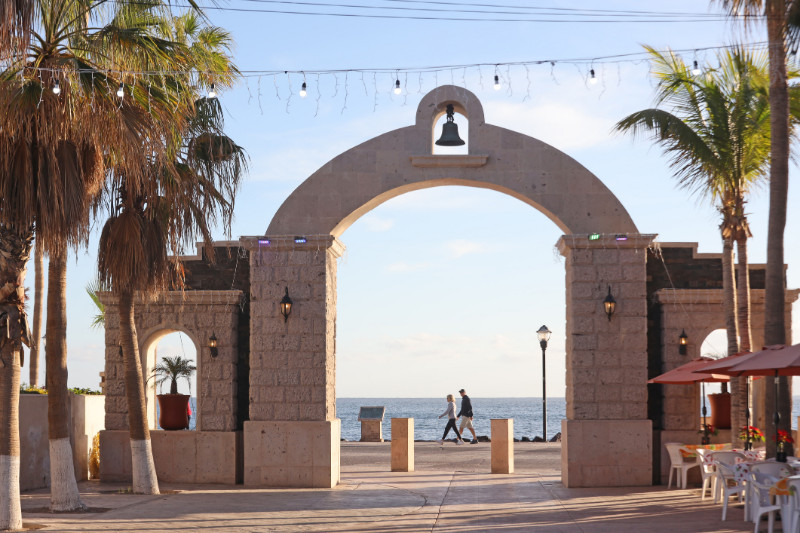
1600s to 1700s: The rise of trade and settlements
Around 1592, multiple expeditions were sent to Baja California to establish a supply station on the peninsula’s western coast. This station was meant to serve as a stop or refuge for ships after a long journey across the Pacific, which took some time to complete due to native resistance. In 1730, around 138 years later, the Spanish government was finally able to build the supply station.
Even before the supply station was completed, the Spanish government already started their attempts to fully colonize Baja California Sur. In 1683, a mandate was issued for the Spaniards to establish their first settlement in La Paz, but resistance from local tribes forced them to move out of the area and return to the mainland.
The first permanent Spanish settlement in Baja California was finally established in 1697 through the efforts of Juan María de Salvatierra, a Jesuit missionary who led the Misión Nuestra Señora de Loreto. This was the first ever permanent mission in Baja California Sur, yet its success quickly turned Loreto into the peninsula’s administrative and religious capital. In the next 70 years, around 23 more missions were established in the area, which helped the Jesuits expand their presence southward toward the Cape, and up north to the modern border with Baja California.
After the Jesuits, the Franciscans took over Baja California Sur in 1768. They then handed over administrative and religious authority to the Dominicans in 1773. However, as the Spanish presence grew in Baja California Sur, disease and violence also became rampant, leading to a significant decrease in the population of the native peoples during this period.
1800s: The struggle for Mexican independence
During the 1800s, the United States started to join the colonization movement. The U.S. government expressed their intention of purchasing certain parts of Mexico. Resistance from the Mexico natives led to the Mexican-American War, which lasted from 1846 to 1848.
At the conclusion of the war in 1847, the U.S. troops withdrew from Baja California Sur. n 1847, the Treaty of Guadalupe Hidalgo was signed by the Mexican and US governments, giving the US rights over present-day California, Nevada and Utah, as well as portions ofColorado and Wyoming for approximately $15 million. Baja California Sur was excluded from the treaty due to its proximity to Sonora, a Mexican state.
In 1853, an American named William Walker led a group of 50 mercenaries with plans to invade Baja California Sur even after the treaty had been signed. Without official support from the U.S. government, the Mexican army quickly drove out the mercenaries and Walker’s plan ultimately failed.
1900s to 1920s: The Mexican Revolution
The Mexican Revolution or the Mexican Civil War is often recognized as the first major political, social, and cultural revolution of the 20th century. It began on November 20, 1910 and continued for 10 long years.
Under Spanish rule, Mexico followed a feudal-like system called “la encomienda,” a system that the lower class believed to benefit wealthy landowners only. The lower class wanted to push for a change in the system — one in which the people who actually worked the land should be able to benefit from its wealth through their labor.
The revolution was led by Francisco “Pancho” Villa from the north ofMexicoand Emiliano Zapata from the south, the two great historical figures who served as pillars in this fight for social reform. The group’s ideals can be summarized in their mottos: “Tierra y Libertad” (“Land and Freedom”) and “La tierra es para el que la trabaja” (“The land is for those who work it”).
The uprising started in 1910, when the people began to challenge the regime of Porfirio Díaz who had been in power since 1877 – a total of 34 years, which was an outright violation of theMexican Constitution of 1857.
In the late 1910, writer and statesman Francisco Madero called for an uprising through the Plan de San Luis Potosí. This plan calls for the ousting of Porfirio Díaz, replacing his dictatorship with a provisional government, and the restoration of the Constitution of 1857. The plan was embraced by rebel movements across Mexico.
Through all these, the Baja California peninsula was seeing economic growth, and the social and demographic upheavals that were happening in the rest of the country left the peninsula largely unaffected.
The 1910s saw the rise of the cotton industry in Baja California, with the first gins opened in 1916 to 1917. Canals from the Colorado River were constructed, providing irrigation to 80,000 acres – a figure that was doubled in the next five years. Chinese immigrants started arriving into the territory in 1915 to augment the agricultural labor force.
With political upheavals raging throughout the country, there were movements from both within and outside Baja California to annex the territory to the United States. The move was strongly opposed by Mexican patriots, who succeeded in keeping Baja California a part of Mexico.
Present day: Baja California Sur as a separate state
Before 1930, the Baja California region comprised a single territory. In 1930, the area was split into two parts, and each one eventually gained statehood. The northern region retained the name Baja California, and the southern part was called Baja California Sur.
The Baja California Sur economy mainly draws its growth from tourism, fishing, agriculture, and mining activities. Thanks to its geographical location, fishing is considered an important economic activity, where coastal waters yield salt, tuna, clams, and other fish species.
Present-day Baja California Sur is known for its iconic beaches, rich marine life, historic architecture, and vibrant arts scene. Some areas also offer long stretches of mountains and desert terrains. So whether you’re a beach lover or an outdoor adventure seeker, you can find your own slice of paradise in Baja California Sur.
BAJA CALIFORNIA SUR AND ITS UNPARALLELED CULTURAL HERITAGE
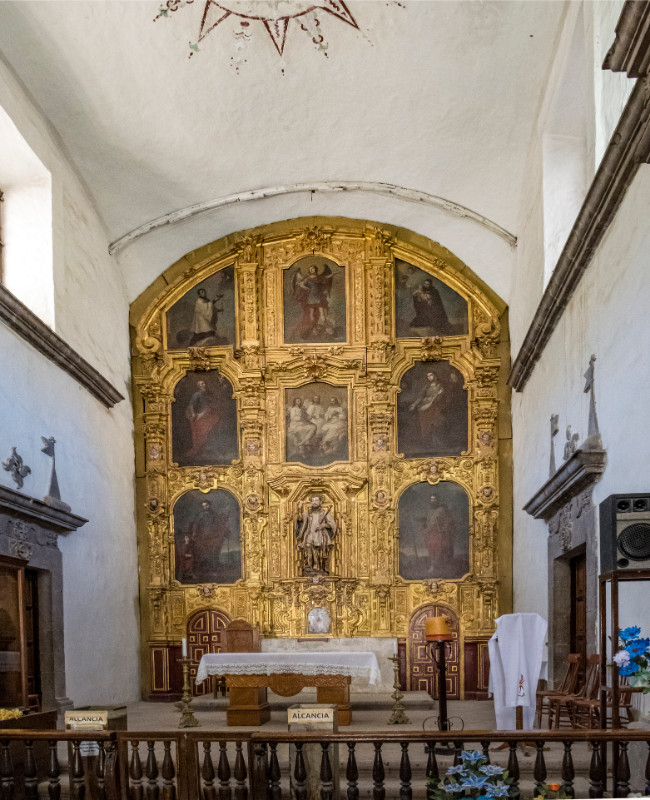
Baja California Sur’s vibrant history is reflected in its culture. From its early days as a Spanish missionary settlement to the Mexican Civil War, these major events shaped the state into how it is today.
Festivities
Given the many years of Catholic evangelization in Mexico, it comes as no surprise that patron saint celebrations are held in every city and town throughout the country. The largest festivities in Baja California Sur are held in honor of patron saints San Jose del Cabo, San Bartola, San Francisco Javier, La Purisima, Santa Rosalia, Miraflores, and Todos Santos. Families also usually hold the baptisms and first communions of their children during patron saint celebrations.
Arts and Literature
The Mexican Revolution played a huge part in shaping the state’s literary scene. The civil war gave birth to new artistic currents and masterpieces of Latin American literature that remain relevant to this day. Examples include Los de abajo (The Underdogs) by Mariano Azuela and Esperanza Rising by Pam Muñoz.
The Mexican Revolution also gave rise to the muralist movement in painting, where art was used not as an aesthetic or expressive product but as an educational avenue. Through the muralist painting movement, painters were able to educate Mexicans about the story of the revolution, the country’s identity, and the nation’s indigenous ancestry. Diego Rivera,José Clemente Orozco, and David Alfaro Siqueiros are considered as the most esteemed muralists at the time, and they are collectively known as “Los tres grandes” (“The Three Great Ones”).
Music
Considered as one of Mexico’s greatest musical and cultural legacy, the corridos are stories with a poetic format and sung using simple music. It grew in popularity at the height of the Mexican Revolution.
Through the corridos, important events and battles of the revolution were documented and relayed to people far and wide. The corridos also became a way to record, celebrate, or mourn people during the revolution. Think of it as a newspaper or TV news put into music and oral tradition format.
These are just some of the cultural aspects that make Baja California Sur the southern Mexican gem that it is. Investing in Baja California Sur real estate gives you the opportunity to enjoy not only the touted scenic destinations but also the state’s storied culture.
TOURISM AND ECONOMIC DEVELOPMENT
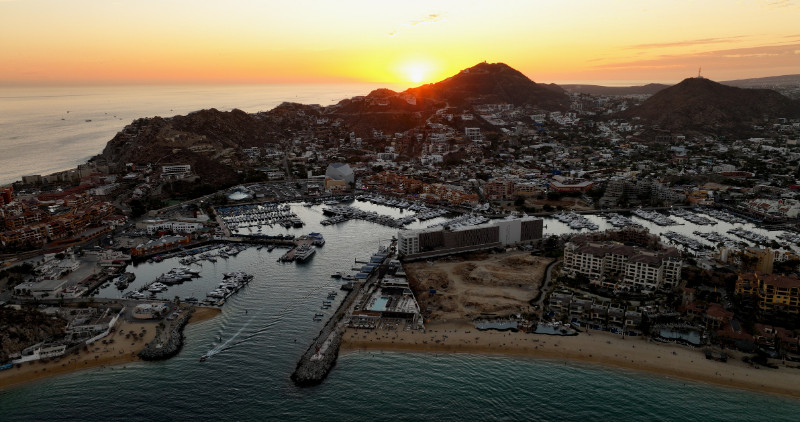
With its geographic location, immense natural resources, and recent developments that promise high potential for economic growth, investing in Baja California Sur real estate presents an exciting way to diversify your assets and to generate passive income, or simply to have your very own tropical getaway or retirement haven.
Natural resources
Baja California Sur is the main producer of salt in Mexico. In fact, 80% of the country’s salt comes from here. The state also offers mining opportunities for copper, zinc, manganese, cobalt, and phosphorus.
Livestock is also a steady industry and a great source of income for the locals. Approximately 85% of the state’s cow milk consumption and 40% of their cow meat consumption is provided by livestock businesses in Baja California Sur.
Due to its extensive coastline, the area boasts bountiful seafood harvests. The state is the number one supplier of squid and lobster in the nation. It’s also one of the most efficient in the production of fresh shellfish, including large oysters, post-larvae shrimp, and clamsp. In the entire Latin America, Baja California Sur prides itself for having the best marine science education and research centers.
Tourism
Baja California Sur offers a myriad of attractions and activities to beach lovers and terrain adventure seekers alike, making it an ideal place to go for a vacation or to build a retirement home. It’s also accessible to tourists via its three international airports: La Paz, San José del Cabo and Loreto.
Attractions such as these ensure tourists stay longer and go on repeat visits:
- Espiritu Santo Island, a UNESCO World Heritage Site
- The beaches of Los Cabos
- Sea of Cortez Marine Park
- Loreto, a historic seaside town
- Gray whale sightings at Magdalena Bay
- Sierra de La Laguna Biosphere Reserve
Aside from its natural beauty, travelers can also find everything they need and more for a memorable stay in Baja California Sur:
- World-class hotels and spas
- The best restaurants offering different cuisines
- Entertainment centers
- Shopping malls
- Golf courses
INVEST IN BAJA CALIFORNIA SUR REAL ESTATE TODAY
Whether you’re simply exploring or are ready to invest in Baja California Sur real estate, we at Finn Real Estate Group will go the extra mile to provide you with a seamless and hassle-free experience.
We are a brokerage firm specializing in real estate properties in Los Cabos, Baja California Sur. For many years now, our team has helped countless satisfied clients achieve their commercial and residential real estate goals through our unmatched experience, in-depth local expertise, and comprehensive marketing strategy.
When you work with Finn Real Estate Group, you get a team of dedicated real estate professionals who will listen to your needs and advocate for you in your search for Baja California Sur real estate.
Schedule a consultation with Finn Real Estate Group today! You can reach us at 624.129.8034 or by sending us an email here.


